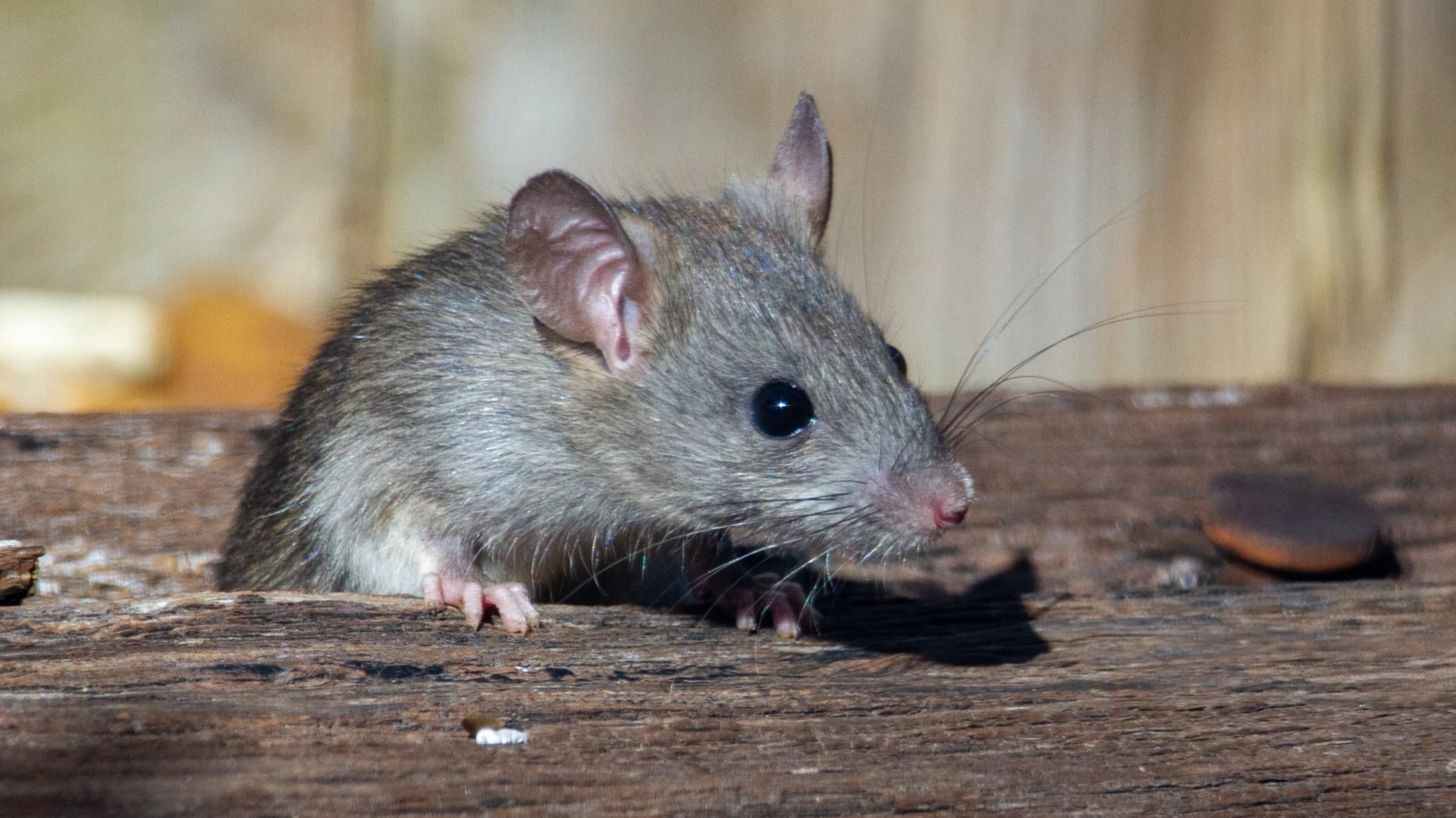
Mice may use sound waves to sniff smells, study reveals
What's the story
A new theory proposed by University at Buffalo psychologist Eduardo Mercado III and Harvard University neuroscience student Jessica Zhuo, suggests rodents may be using their ultrasonic vocalizations (USVs) to manipulate matter around them. This manipulation is said to improve their sense of smell. The researchers have collected evidence on rodent behavior and the effect of ultrasound vibrations, but this hypothesis is yet to be confirmed through experiments.
Ultrasonic manipulation
USVs could help rodents detect molecules
Mercado and Zhuo propose that rodents could use ultrasound vibrations to manipulate air particles, possibly forming clusters of molecules around them. This would make these molecules more detectable to the rodents' noses. The researchers think this behavior could be especially beneficial in concentrating pheromones, chemicals that provide information about social interactions, mating, or territory marking.
Pheromone concentration
They could enhance pheromone detection
The researchers propose that an ultrasound burst could make these biological aerosols clump together, a process called agglomeration. This could lead to higher concentrations of pheromone being deposited in the vomeronasal organ (VNO) of the animals. "This phenomenon has never been observed before, or I believe even suspected, in any animal," says Mercado. "They're creating new pathways of information by manipulating their environment and controlling the molecular interactions of particles around them."
Lab tests
USVs: A tool for matter manipulation and smell enhancement
While it has been suggested that USVs could be mating calls or indicators of emotional states, this new theory proposes ultrasound could also serve as a tool for matter manipulation and smell enhancement. Mercado describes the potential implications of this discovery as akin to observing 'Jedi rats.' He says, "It's so far off the scale of what we know that it's like we're observing Jedi rats," adding "It almost seems like magic."